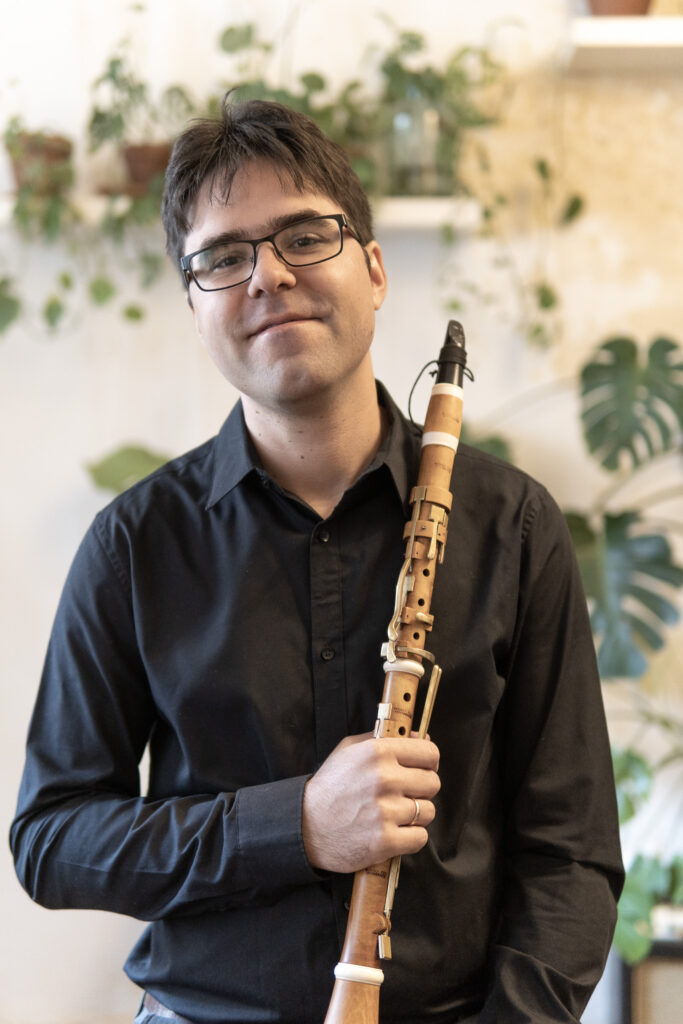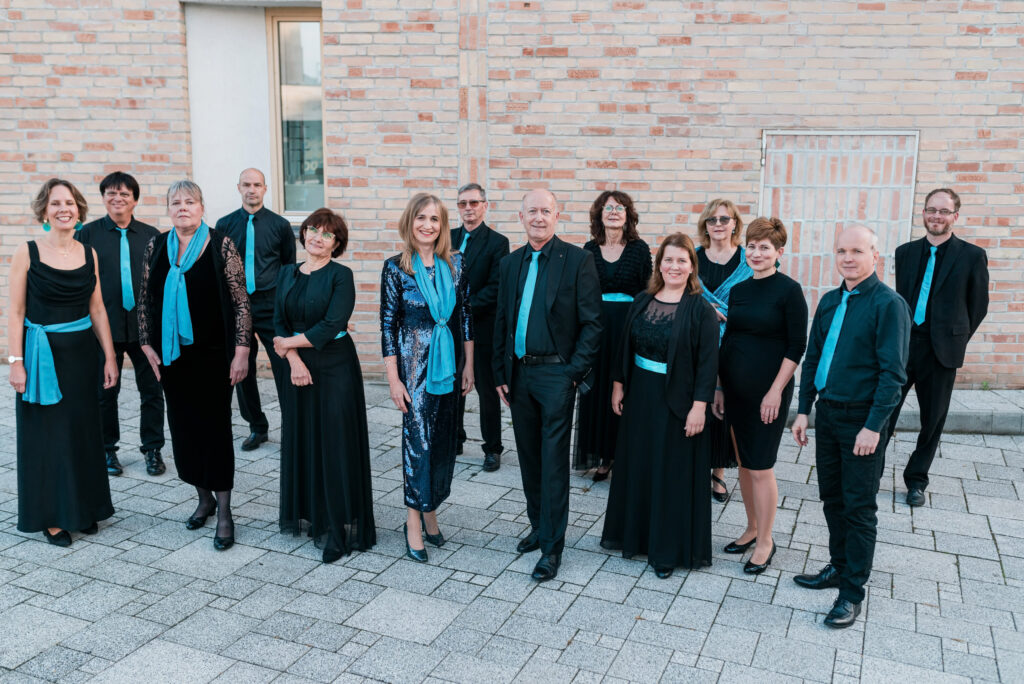Although based on the definition, a concerto is a composition where musical progression is created through the dialogue between instrument groups and the orchestra or a soloist, there are still enormous differences between each concert piece. As early as when the genre was first becoming popular, two different types were outlined: the concerto gross, which reflected older tastes and was composed for four-five movements, an orchestra, 1and soloists, contrasted by the more modern version, which generally consisted of three movements and typically only employed a single soloist.
The latter version become popular at the beginning of the 1700s and relatively quickly rose to dominance during the century. However, the way this structure was given life by the different voices still showed extraordinary variety. Michael Haydn’s Flute Concerto in D Major was presumably composed around the middle of the 1760s, not long after the composer began working in Salzburg (as a contemporary of Leopold, then Wolfgang Amadeus Mozart) and thus reflects the light and graceful form of the concerto, which was popular at that time. Mozart’s Clarinet Concerto in A major from 1791 leaves a completely different impression with its larger ensemble, more dramatic structure, dense symphonic sound, thematic and harmonic richness, and expectations of virtuosic instrumentality, moving the genre towards the grand concert works of the 19th century, which representatively defined both the composer and the performer. The two works are introduced by the three-movement Symphony in C major, composed by Haydn in 1765, which incorporates an Eastern Gregorian melody.







